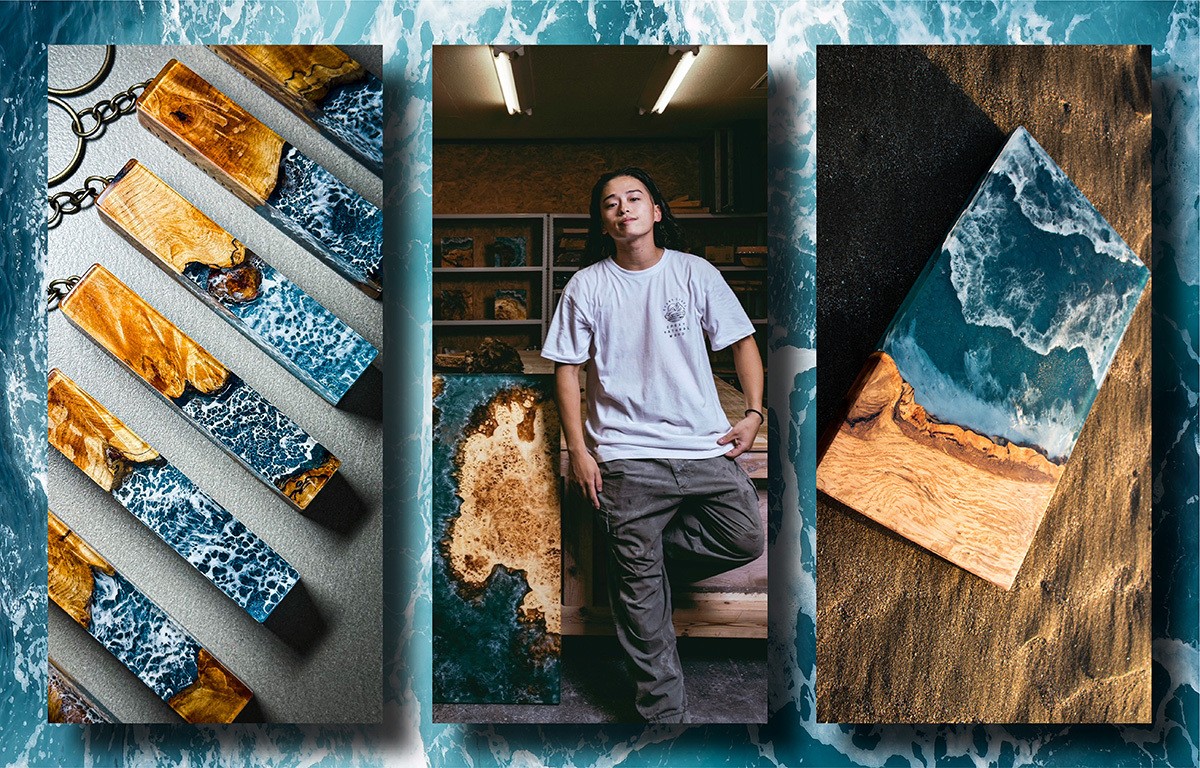
"I want people to feel the ocean that comes to mind through my work," says Keigo, the designer of "CYANS SHAPE."
"CYANS SHAPE" is a brand that expresses the greatness and beauty of nature through wood resin, using the ocean as its motif. Just like the ocean that changes its expression from moment to moment, no two handmade pieces are ever the same.
Not only in Japan but also overseas, "CYANS SHAPE" has been attracting attention. How exactly are these creations brought to life?
This time, right after finishing a POP UP event in Kyoto, we spoke with designer Keigo about what inspired him to start creating, as well as the allure of the precious woods that form the core of his work.
Expressing the greatness and beauty of nature with the ocean as a motif
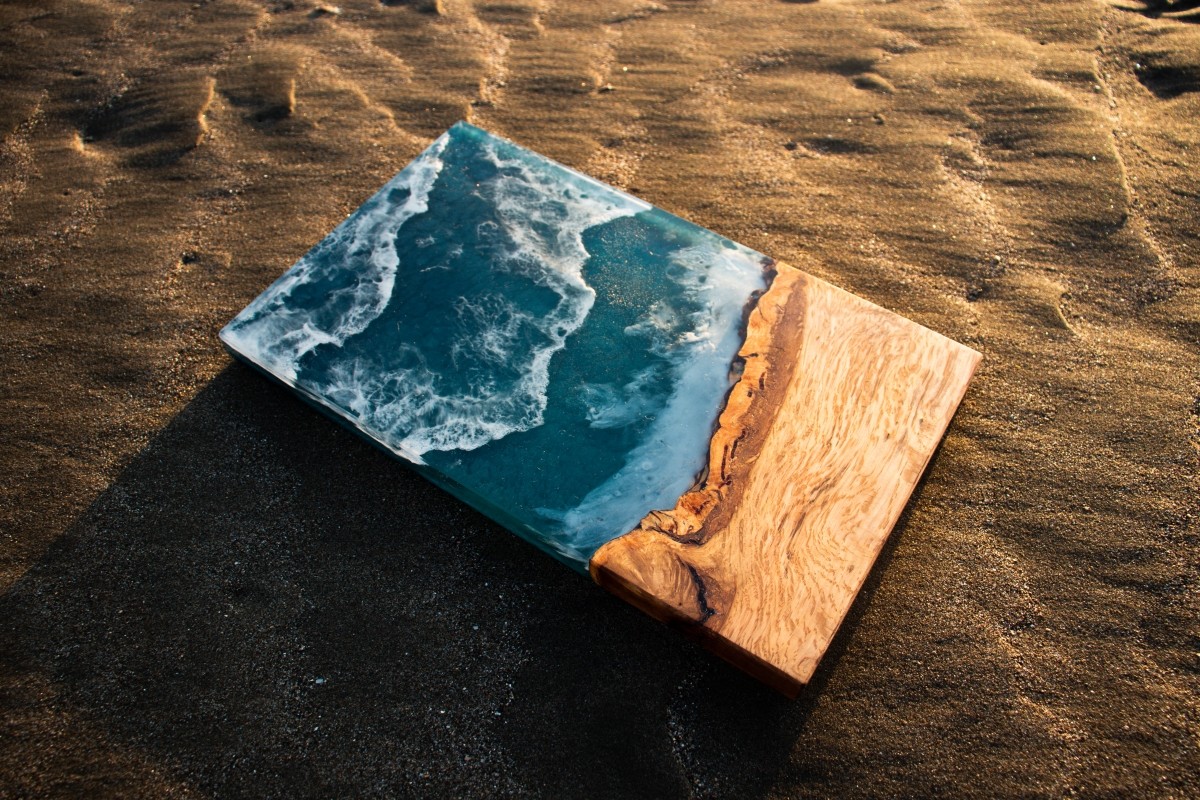
――We heard the event in Kyoto was a big success. Was there a particular encounter with a customer that left a strong impression on you?
There was someone who stopped in front of one of my works and just stood there, gazing at it in silence. Seeing that moment made me feel, "It’s reaching them." Before I could explain anything with words, they were already receiving something from the work and letting their imagination expand. It was a very happy moment that reminded me once again, "Art doesn’t need words."
Another memorable encounter was with a couple visiting from the United States. At first, they bought just one keychain, but they liked it so much that they came back saying, "We want to give them to our friends," and ended up buying six more. Later, they even sent me a DM that said, "I’ve truly fallen in love with your work, so next time we meet I want to tell you my impressions in Japanese. I’ll study Japanese for that." That message made me really happy as well.
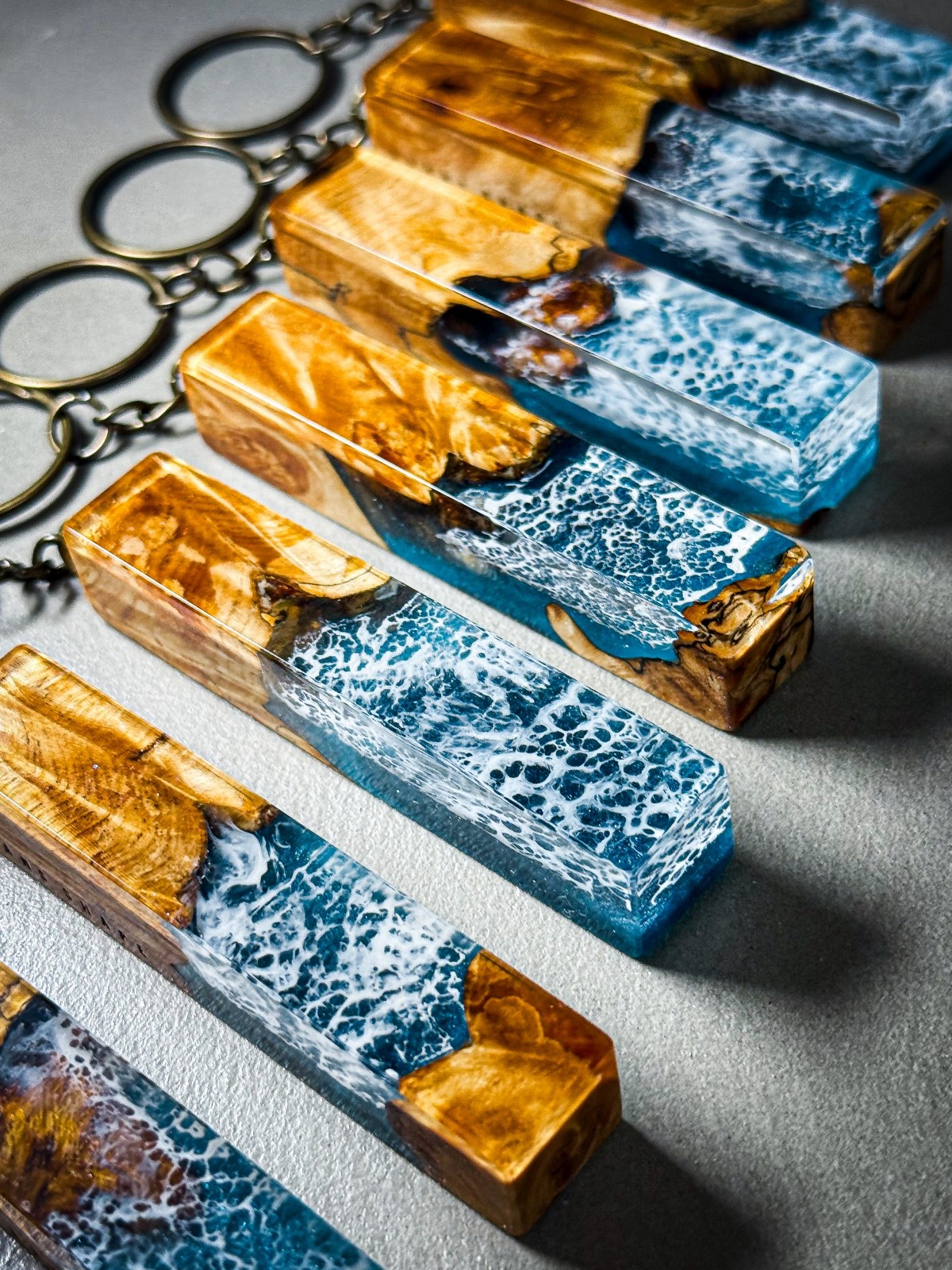
――What aspects of your work do customers find most appealing?
Of course, many people are drawn to the ocean imagery. But in my impression, it’s not just because they like the ocean. I think they are captivated by the overall worldview of the pieces, including the expression of the sea and land. For example, some people have said, "I don’t usually do marine sports, and I wouldn’t say I especially love the ocean, but something about it caught my attention."
I believe the reason I get such reactions is because I use "precious woods"—real wood. It’s rare for art pieces to use more than half natural materials. And while there are many works in the world themed around the ocean, people tell me, "I’ve never seen this kind of expression before." I think that’s because I’m not only expressing the ocean, but conveying a unique worldview that represents nature more broadly.
Struck by the Beauty of Precious Wood
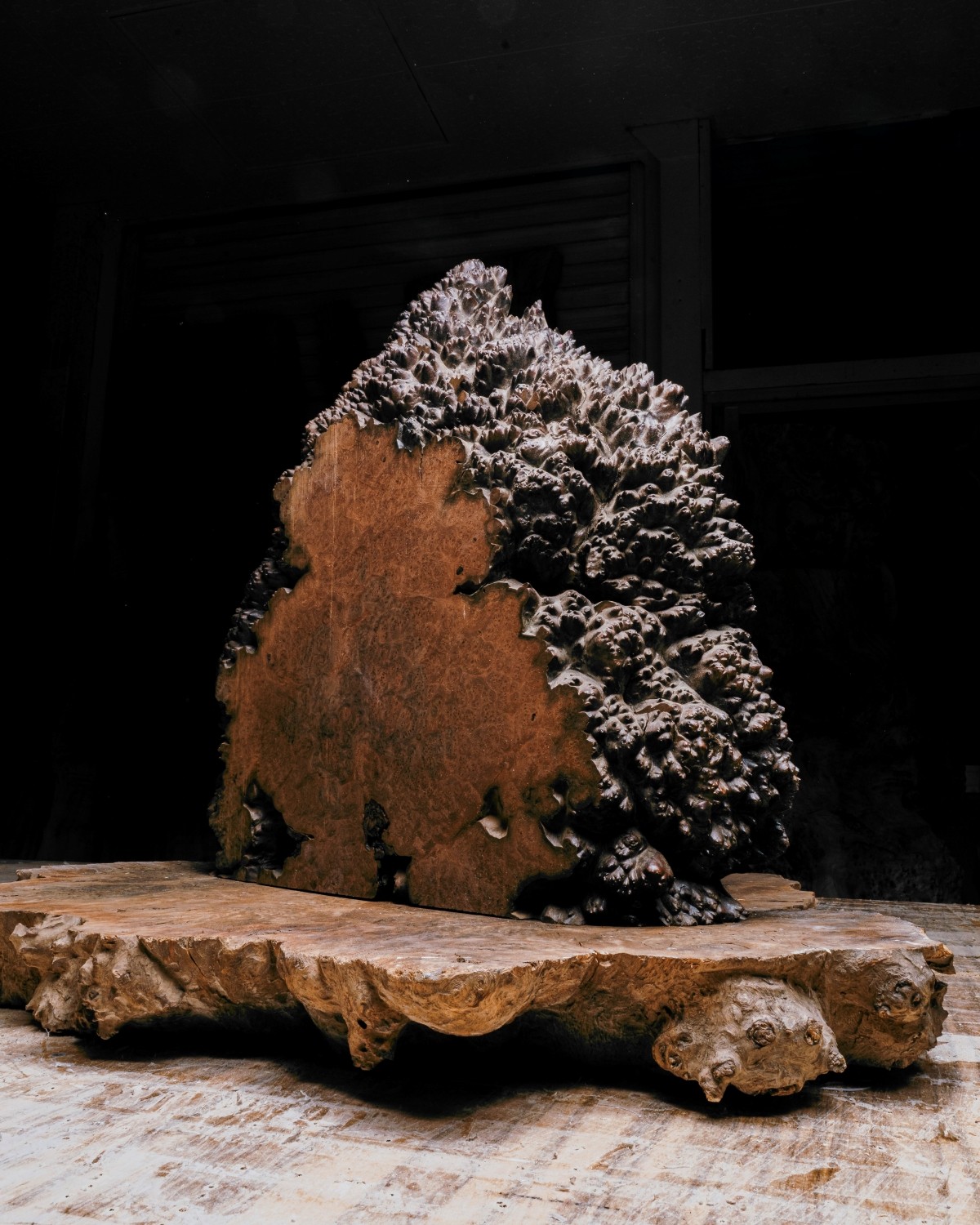
――We heard you started creating your works while you were still at university. What was the trigger?
The first trigger was realizing, "There aren’t any ocean-themed interiors I actually want for myself." Don’t you think most ocean items out there are expressed in a rather pop style? Personally, I wanted something more chic, and I thought, "There must be many other ways to interpret the ocean." That was back in 2020, when I was in my third year of university.
Around the same time, I also discovered the world of wood resin. Wood resin refers to works that combine wood and resin. Among different kinds of wood, I was struck by the beauty of precious woods. I was captivated, thinking, "I never knew something could look this cool."
I’ve always loved surfing and even thought about becoming a shaper (a surfboard craftsman) in the future. There are many kinds of shapers, from those focused on competitions to classic craftsmen who still carve boards entirely by hand. I was fascinated by the classic ones. While I was watching videos of their work and creations, a wood resin video happened to play. At that moment, an image of a piece clearly came to mind.
I thought that if I combined surf culture, the charm of precious woods, and the theme of the ocean, maybe I could do something new in this still-untapped field. It was a kind of challenge, but my instincts and excitement overlapped, and before I knew it, I was cutting wood and experimenting.
――So you had no experience making things before that?
None at all. Because of my father, who was also a surfer, before COVID I spent most of my time traveling within Japan and abroad, chasing waves.
So at first, it was nothing but failures. When I was working at home, I once knocked over a cup filled with resin and it hardened into a solid mess—I got scolded by my parents for that (laughs). I also didn’t know where to get precious woods, so I tried looking at a home improvement store, but the wood there looked nothing like the cool pieces I saw on overseas Instagram accounts. I was left wondering, "Where on earth do people buy this stuff?"
Still, the image of my pieces was always clear in my mind. I just kept thinking about how to improve what I couldn’t yet express well, and kept challenging myself. After about six months of repeating that process, my works finally started to take shape.
――Your concept is "expressing the ocean that might have existed there," but why don’t you depict specific places?
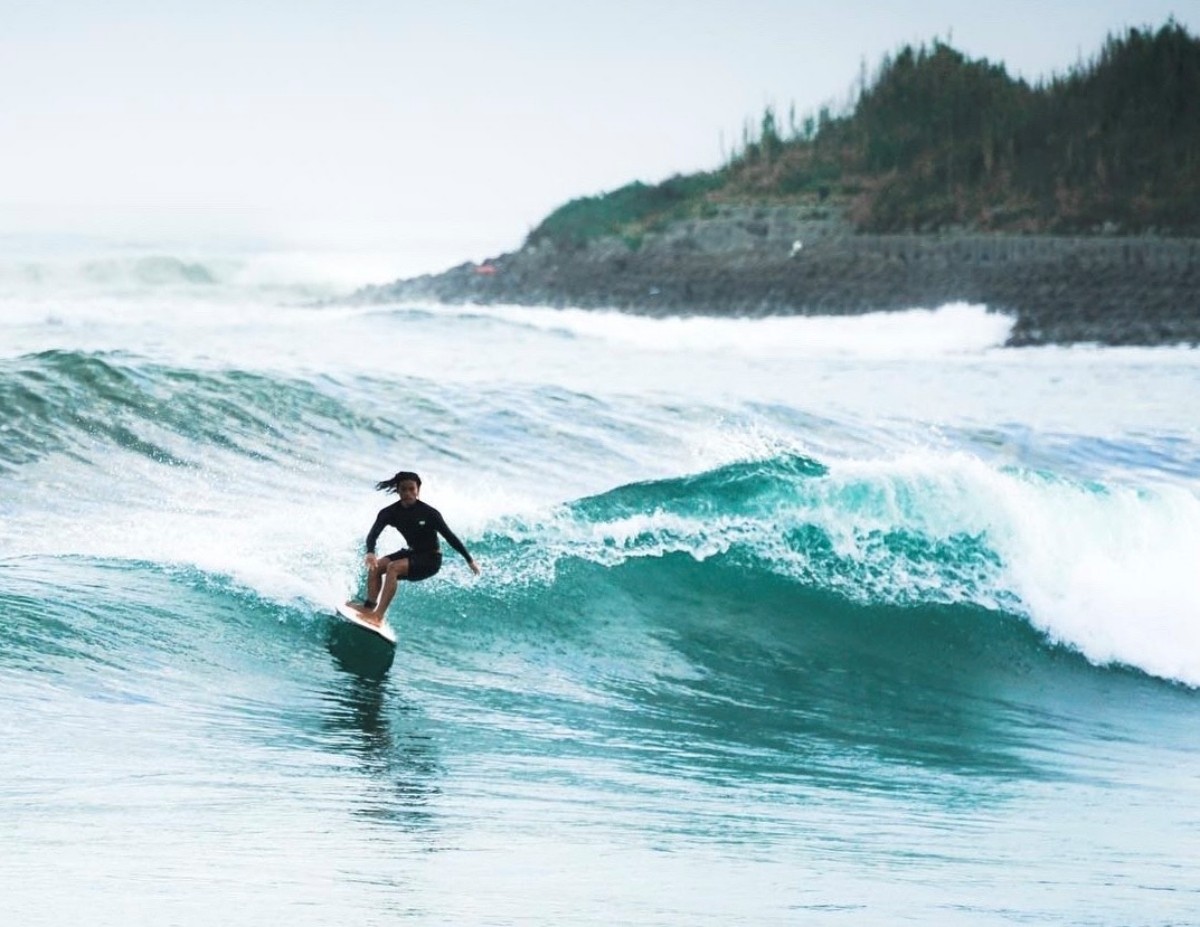
I think my works are made up of fragments of scenery I’ve seen through travels and daily life. But if I were to say, "This is the place," I feel it would actually limit the imagination of the viewer. Some people recall their own travel memories, while others say, "It reminds me of the ocean my late grandfather loved." I want to leave it up to the viewer’s feelings and imagination.
Also, for local people, the ocean is a truly special presence. Using the name of a specific sea in my work without permission felt disrespectful. Each person who knows that ocean has their own way of experiencing it. Wanting to respect those emotions is another reason why I don’t depict a specific sea.
Facing Creation with the Determination That "Failure Is Absolutely Not Allowed"
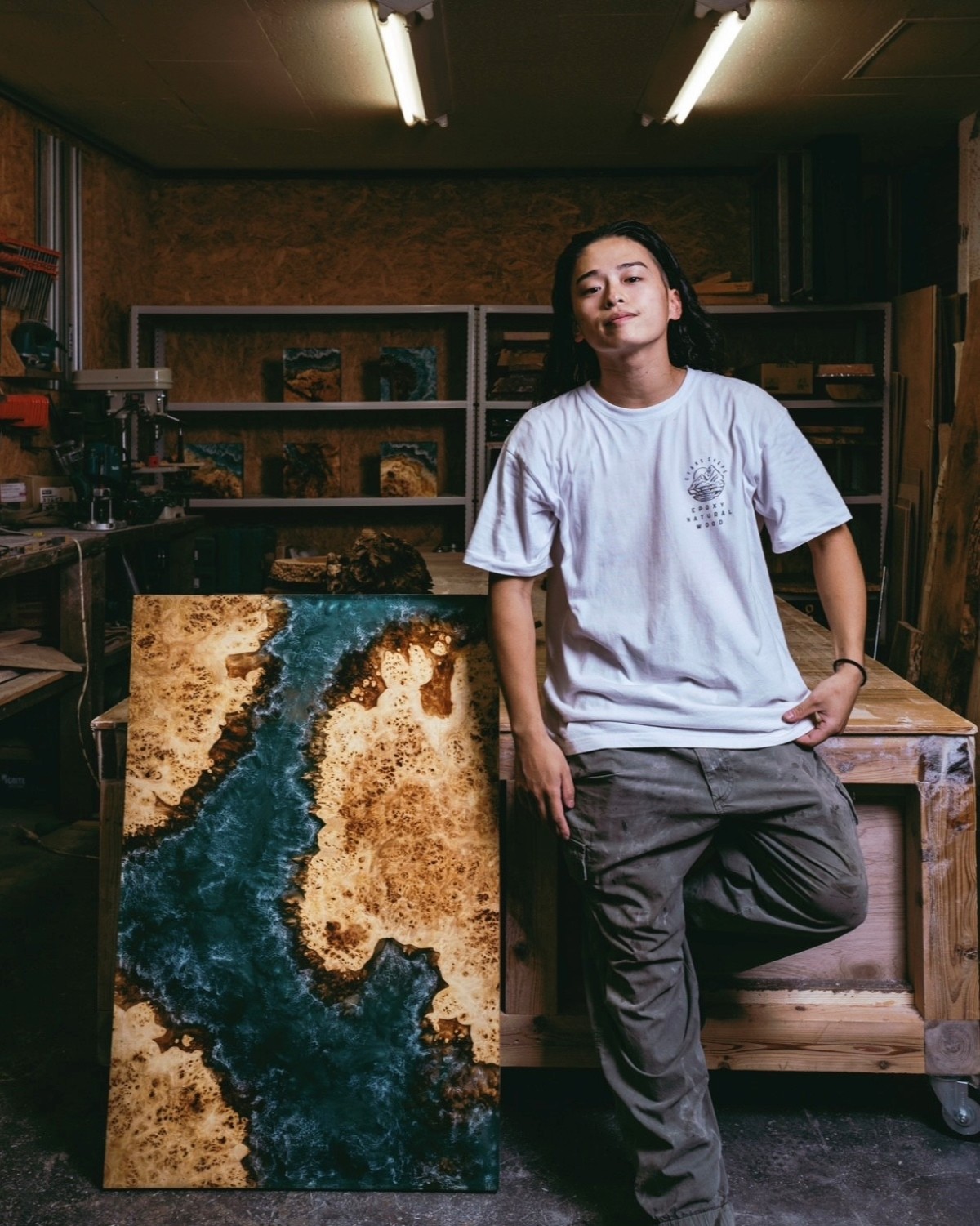
――What do you place the most importance on when creating your works?
Above all, it’s "never failing." I sometimes use wood that is 500, 1000, or even 2500 years old. Precious woods carry the strength and history of nature that have been nurtured over such a long time.
For example, take this part here—normally wood grain and shapes don’t turn out like this. Maybe it’s a mutation, or maybe it’s a defense response to being eaten by insects. Science hasn’t figured it out yet, but I believe this shape is the result of the tree’s struggle to survive in its environment.
And freshly cut wood still contains moisture, so it can’t be used right away. If you try to process it too soon, it cracks or warps. That’s why lumber dealers spend two to three years carefully drying it. Only after that long process can it finally be used by our hands. By the time the material reaches me, many hands and years have already been involved.
That’s why I feel a responsibility to make the most of that wood. Even the placement of the wood completely changes the expression of a piece. Each encounter with a piece of wood is once-in-a-lifetime, so I always aim for 100 points, even 150. With that kind of determination, I approach my work with the mindset that "failure is absolutely not allowed."
――Do you create everything by yourself?
Yes. The moment resin is poured in, the colors and shapes are fixed permanently, so there’s no chance to redo it. And even overlooking a tiny scratch can cause the entire piece to cloud over in the end. That’s why I need to constantly shift between the perspectives of a "designer" and a "craftsman" as I create.
In the future, I would like to train craftsmen too, but for now, that’s still difficult.
To explain the process briefly, I first prepare a wooden box and decide the placement of the wood. Then I pour in colored resin. By layering multiple resin pours, I create the ocean’s hues, transparency, and depth, bringing different expressions to each piece.
Working alone has its limits, and I feel bad for making people wait, but what keeps me going are the events like POP UPs. The moments when customers pick up a piece and stop to gaze at it—those give me a great sense of fulfillment.
――Finally, what are your goals for the future?
I’d like to hold POP UP events and solo exhibitions overseas. Through my work, I want to share the feeling of "the ocean is wonderful" across borders and nationalities. Having people connect with that idea would be the greatest joy for me as a creator.
I’m also thinking about visiting the origins of the wood and creating pieces on-site. In fact, there are restrictions on timber, and many kinds cannot be imported into Japan. But if they are processed, it can sometimes be allowed. I’d like to challenge myself with projects like that too.
From now on, I’ll keep working so that more people can encounter my creations. This isn’t just a "someday, maybe" dream—I fully intend to make it happen.
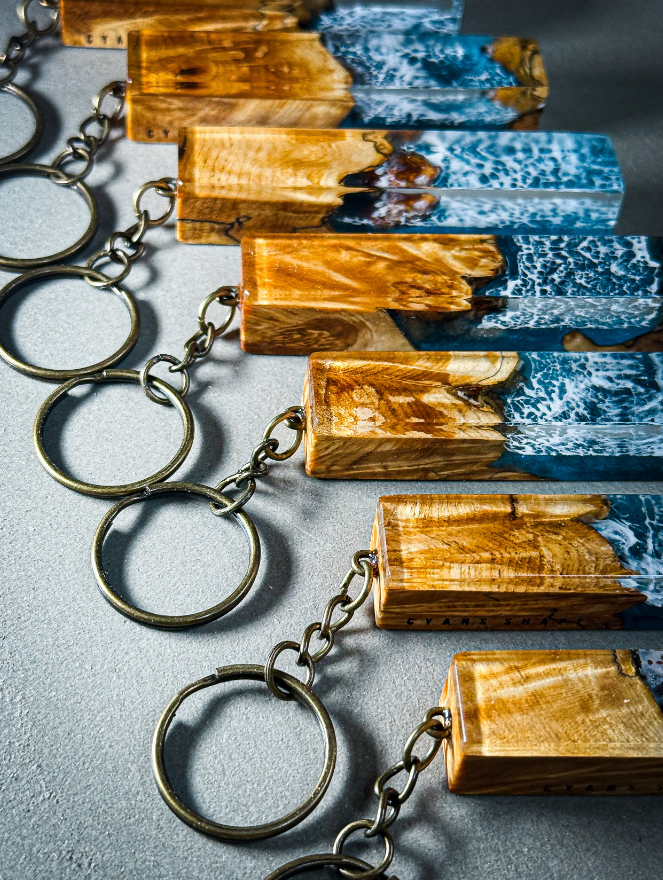
Profile: Keigo
Born in 1998. Graduated from Kansai University, Faculty of Law. While still at university, he taught himself to make interior objects, which led him down the path of creation. In February 2021, he launched CYANS SHAPE. From material selection to finishing, he is meticulous about every step, creating interior objects that bring out the individuality and natural form of each material. Using both domestic and international woods, he expresses "the ocean that might have existed there," aiming to create interior objects that add color and healing to everyday spaces.
- Official Website: https://cyansshape.theshop.jp/
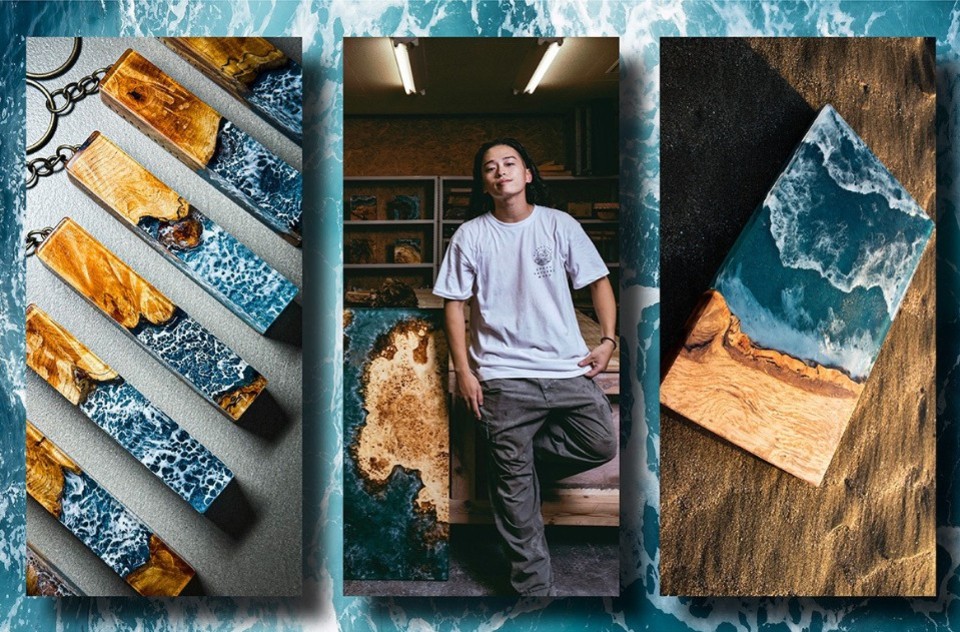
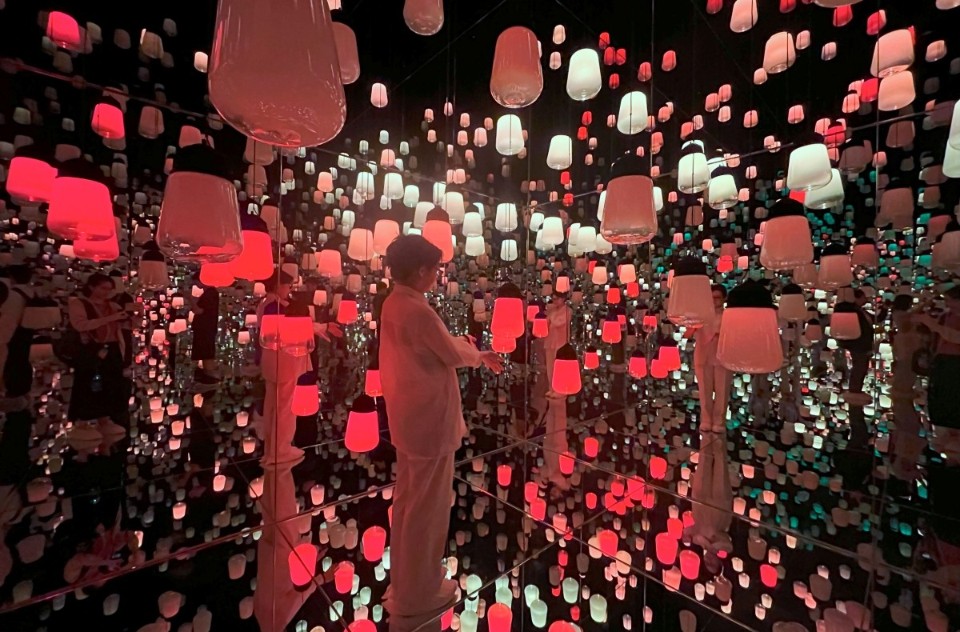
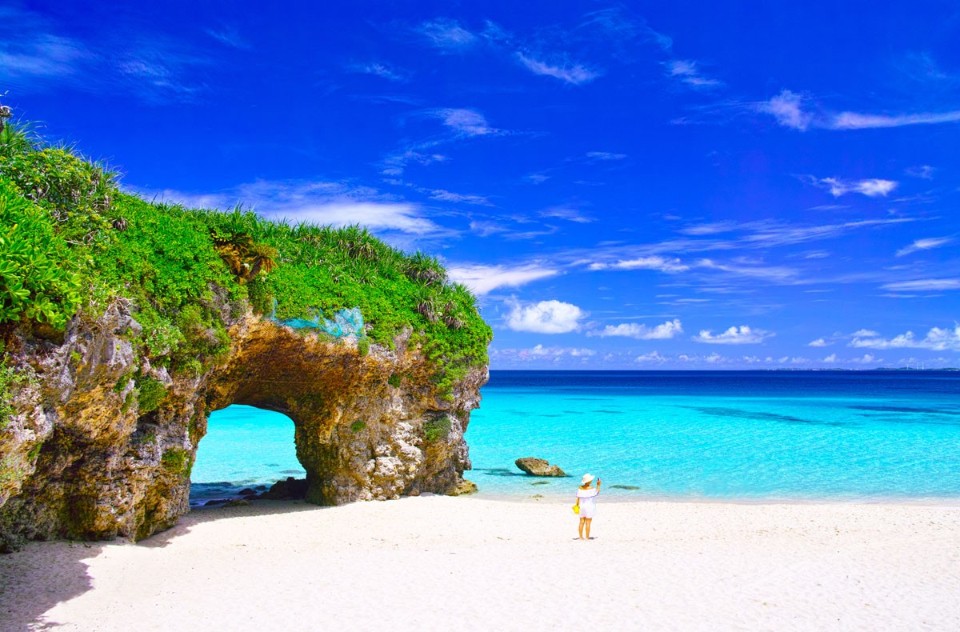
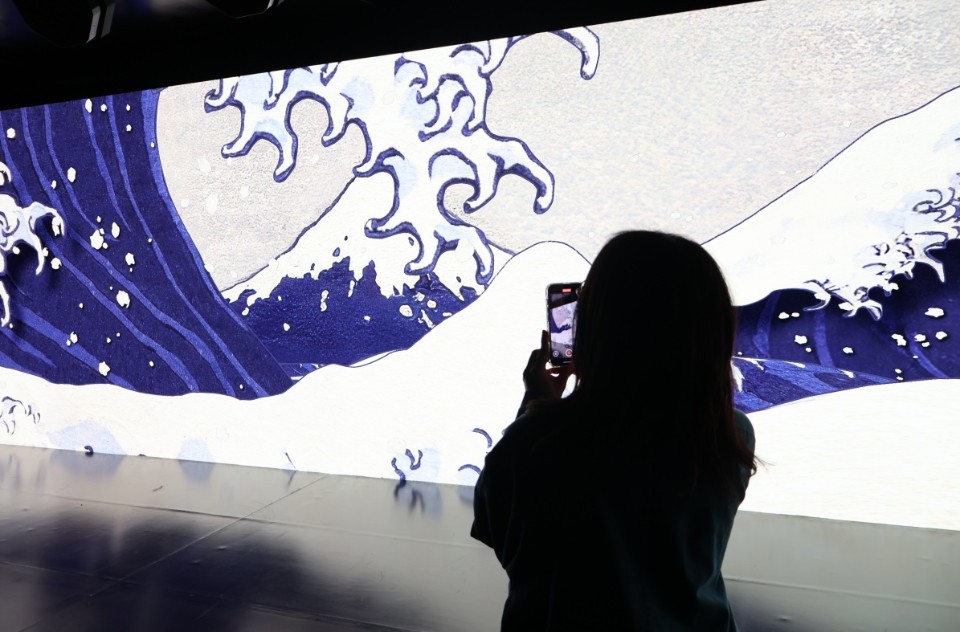
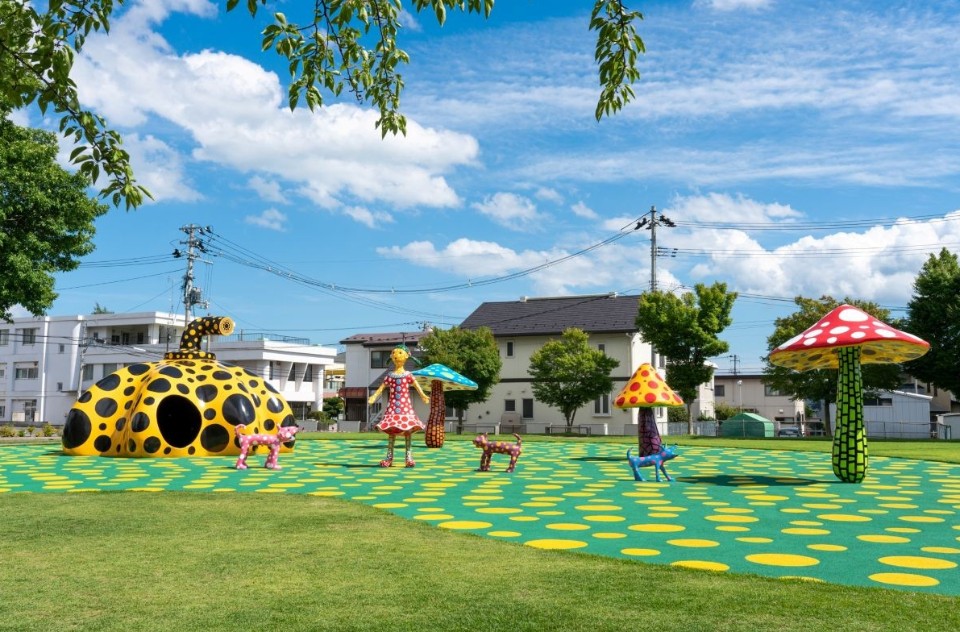
Comments